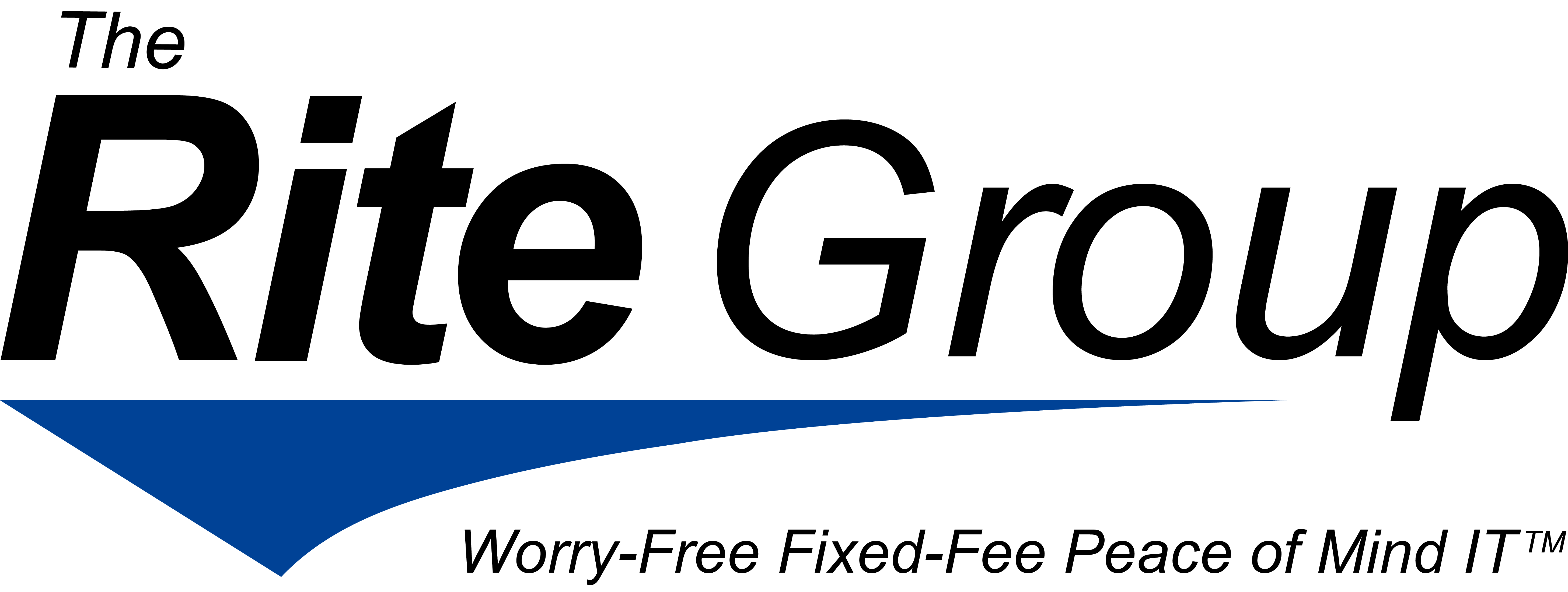October 13, 2025
Artificial Intelligence is evolving at lightning speed, revolutionizing the way businesses operate. While the potential is thrilling, it's crucial to remember that cybercriminals have access to the same AI technology, unleashing a new wave of sophisticated threats. Let's uncover some of the hidden dangers lurking in the shadows.
Beware of Video Chat Doppelgängers - The Rise of Deepfake Scams
Deepfake videos created by AI have reached alarming levels of realism, enabling hackers to conduct convincing social engineering attacks against companies.
Take, for example, a recent case where an employee at a cryptocurrency foundation was targeted during a Zoom call by multiple deepfake impersonations of company executives. These AI-generated faces instructed the employee to install a Zoom extension granting microphone access, paving the way for a hacking attempt linked to North Korea.
Traditional verification methods are being undermined by these tactics. To spot deepfakes, watch for subtle signs like inconsistent facial features, unnatural pauses, or odd lighting in video calls.
Phishing Emails Get Smarter - Stay Alert to AI-Powered Scams
Phishing emails, long a security headache, have grown even more deceptive as attackers harness AI to craft flawless messages that no longer rely on poor grammar or spelling to raise suspicion.
Cybercriminals also use AI within phishing kits to translate emails and landing pages effortlessly, amplifying the reach of their attack campaigns across languages.
Despite these advancements, core defenses remain effective. Implementing multifactor authentication (MFA) significantly blocks unauthorized access by requiring a second verification step. Additionally, continuous security awareness training empowers employees to detect warning signs, such as urgent or pressure-filled language.
Malicious AI Tools - When Software Is a Trojan Horse
Scammers are exploiting the hype around AI by distributing fraudulent "AI tools" embedded with malware. These fake applications mimic legitimate software closely enough to deceive users, but hide harmful code beneath the surface.
An example involves a TikTok account promoting unauthorized methods to activate apps like ChatGPT using PowerShell commands—actually distributing malware under the guise of cracked software, as later uncovered by security researchers.
To safeguard your organization, ensure your managed service provider (MSP) reviews any AI software before adoption, and continue reinforcing employee training on identifying risky downloads.
Ready to Guard Your Business Against AI Threats?
AI-driven attacks can seem daunting, but with strategic defenses in place, you can confidently protect your company from deepfakes, phishing scams, and malicious AI applications.Click here or call us at (573) 334-4439 to book your free No-Obligation Conversation. Let's discuss how to shield your team from the emerging risks of AI before they become a serious threat.





